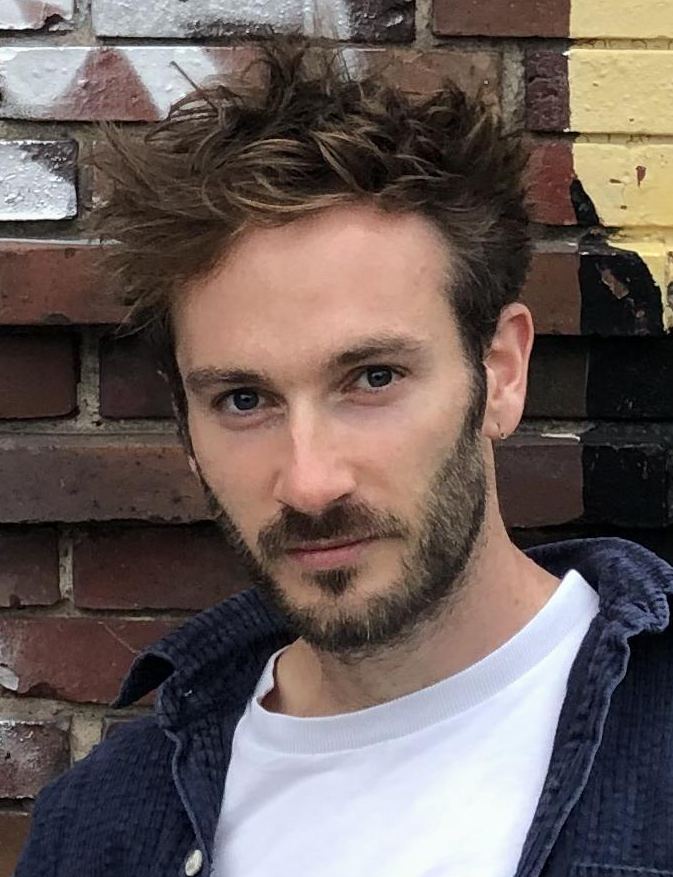Registration and abstract submission closed.
If you are not registered or you have not uploaded your abstract, you are welcome to attend talks and poster sessions, but you will not be included in the participants list.
Abstracts uploaded after September 2 will not be considered.
Contact the organizers for further information.
event
When
Third Infinity 2022 will take place September 21. - 23. 2022. Registration and abstract submission is open.
place
Where
The venue is the Max Planck Institute for Multidisciplinary Sciences in Göttingen.
Talks will be held in the Manfred Eigen Lecture Hall.
schedule
Register
Register and submit your contribution with Title and Abstract before end of August! Slots are limited and will be distributed on a first come first serve basis.
language
International & Interdisciplinary
Third Infinity aims to provide an interdisciplinary platform for motivated researchers across the globe to exchange and foster scientific research concerning the Physics of Biological and Complex Systems.
device_hub
Theory-Simulation-Experiment
The Physics of Biological and Complex Systems passionately represents a rare combination of theory, simulations and experiments spanning the fields of life sciences, physics, and chemistry.
flash_on
Cutting Edge Research
Third Infinity focuses to expose its participants to cutting-edge advancements in their fields through invited talks given by elite speakers and active, person to person interactions.
group
People Focused
Meet other researchers at eye level. The Third Infinity aims at early career researchers and PhD students working in the field.
event_seatevent_seatevent_seat
Panel Discussion
Join a panel discussion with experts from research, industry and publishing to get updates on the future of a topic to be announced soon.
money_off
Low Barrier
Third Infinity also looks forward to ardent students to present and report their recent findings and developments through student talks and poster sessions.
Why third infinity?
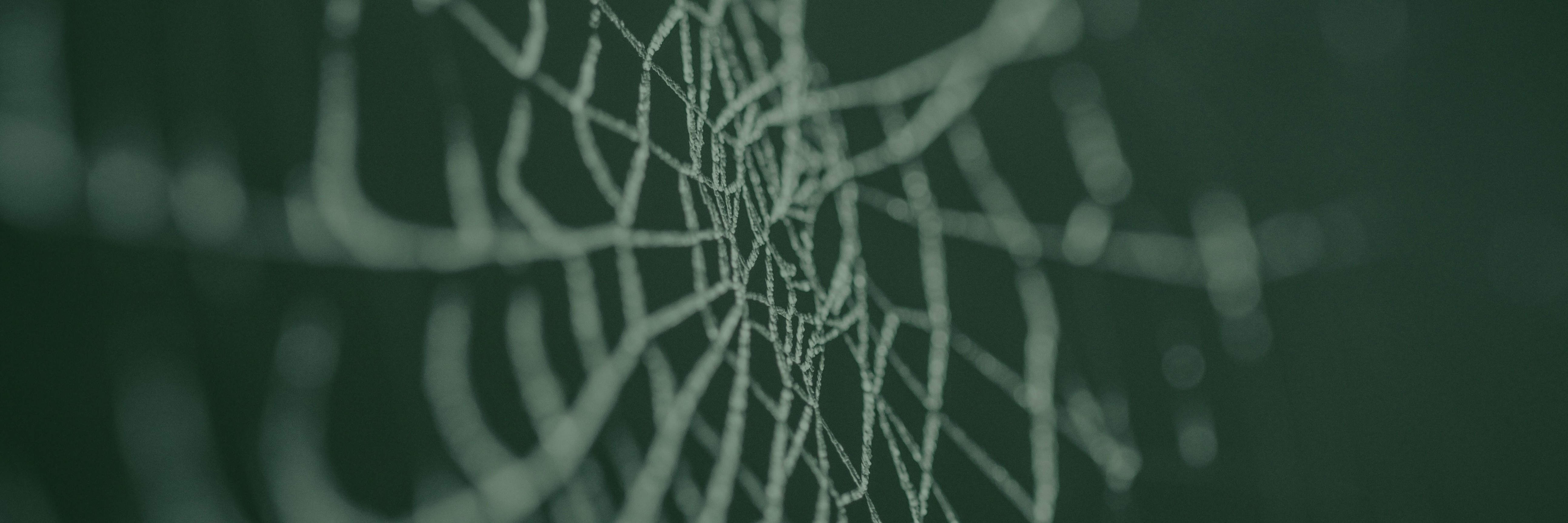
Research in physics advances in three broad domains: The first and foremost, astronomy and relativity, concerning the infinitely big; quantum mechanics and particle physics, dealing with the infinitely small; and the domain of the infinitely complex encompassing the Physics of Biological and Complex Systems (PBCS). Third Infinity focuses on the third infinite domain of science inspired by the well-known chaotic double pendulum problem to understand life processes at a quantitative and molecular level.
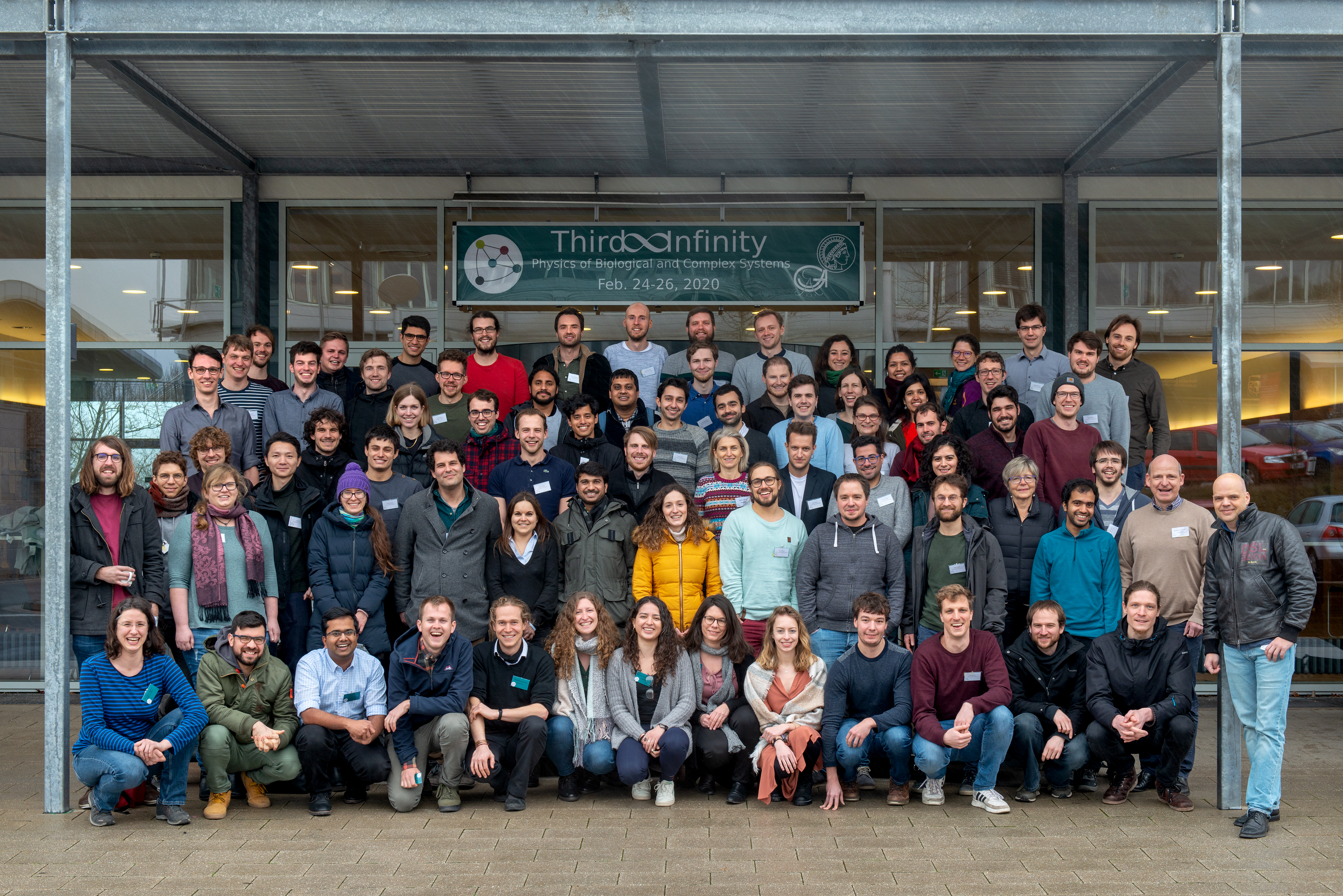
Program
The conference is subdivided in 3 sessions: Nonlinear dynamics and complex networks, Biophysics from experiments to computations, and Statistical physics and active matter. Most of the talks will be from graduate students and early-stage researchers. Poster sessions and workshops are planned as well. The conference dinner and the coffee breaks will provide plenty of opportunities to network with the speakers and other PhD students. A particular focus will be on the career fair and on career talks from the alumni.


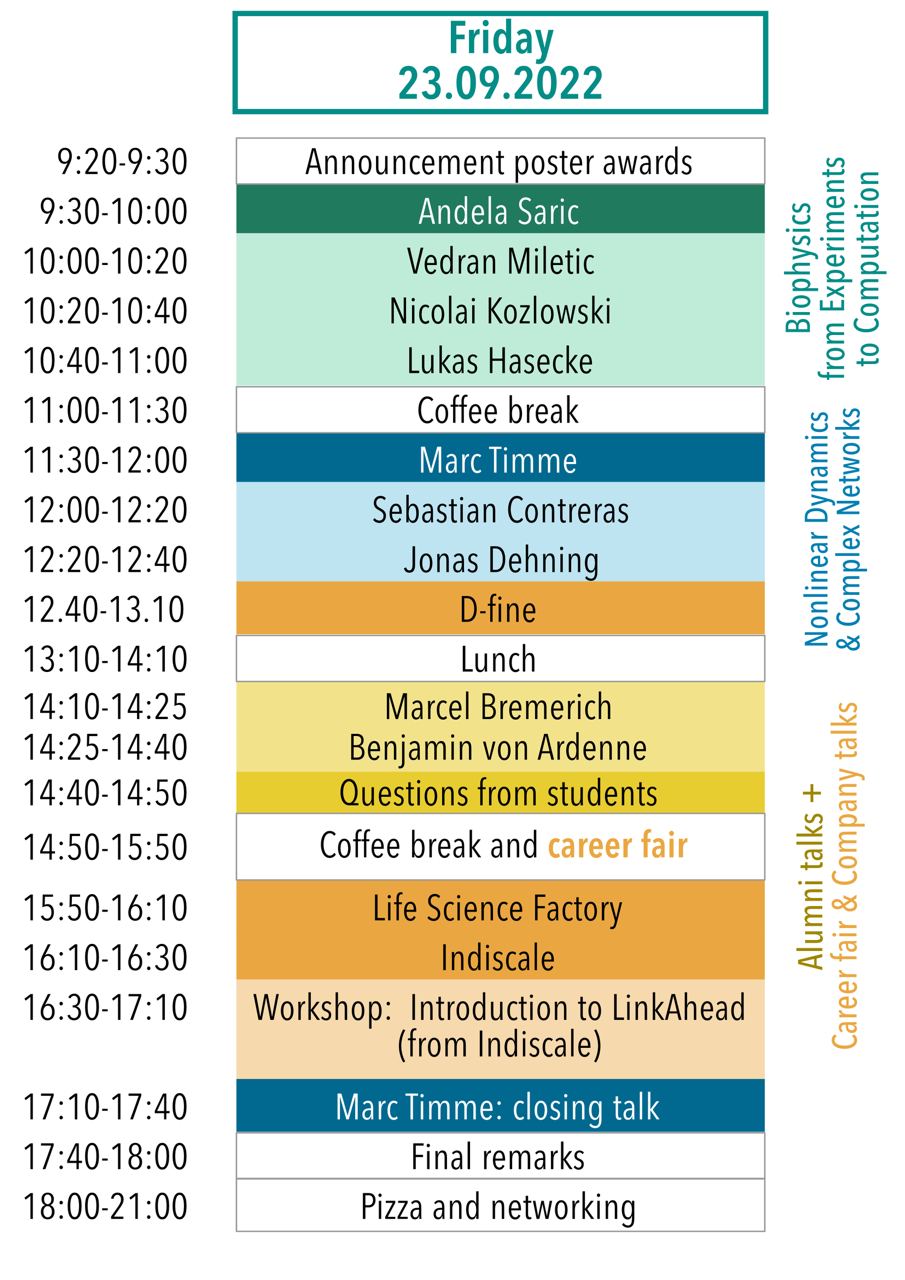
Workshops
LinkAhead Introduction Workshop
Data management involves the storing, searching, retrieving and analyzing of data sets and their connections and circumstances.
Good data management makes valuable data reusable for yourself and for others. It also makes data findable (Where did I put that
USB disk again?) and adds real utility to data, because data can be embedded into context. (Which machine settings did my
supervising post-doc use when they acquired that file?)
The open-source toolkit CaosDB can help with all these tasks, and much more:the structure of data can be modified later
without losing old information, so scientists have all the flexibility they ever need. And it comes with a powerful Python
client, so access is as easy as a few lines of code.
In this hands-on workshop, we will create a data structure and then insert, link and retrieve some data. Attendees who want to
follow the workshop on their own machines should install CaosDB's Python library and additional tools with pip install caosdb
caosadvancedtools and make sure that they can load the library in Python with import caosdb.
Science Communication - Storytelling
Telling an exciting and memorable story is one of the key components for efficient
science communication. After a quick, get-to-know-you session, you will work to-
gether to create a story about a scientific topic and present it to a defined audience.
Depending on your target group, you may evolve different communication strategies
to get your message across correctly, clearly and in adequate detail. The workshop
will be held by Melissa Solich, Science Communicator and Coordinator of the Göt-
tingen PostDoc Net and Dr. Manuel Maidorn, Press Officer at the Max Planck
Institute for Dynamics and Self-Organization.
Invited Speakers
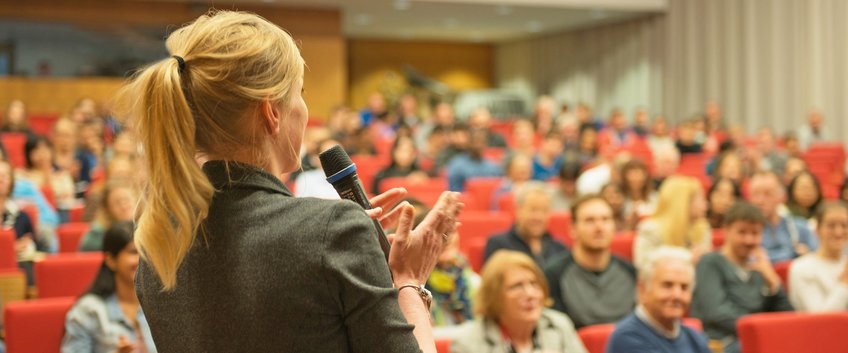
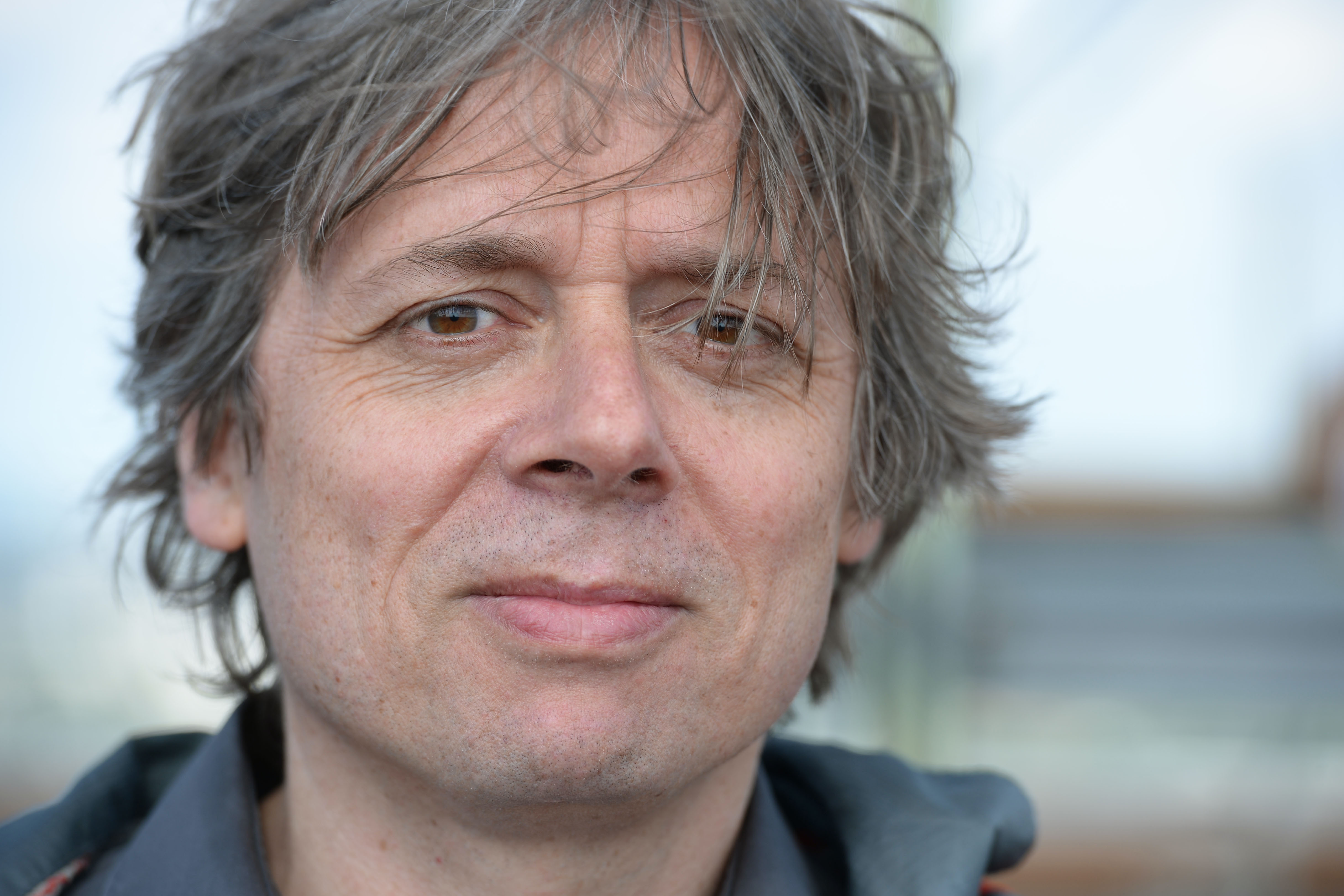
MPI for Meteorology, Hamburg
Keynote
Earth system models — physics and fantasies
Earth system models are about as old as the automobile. Since the very beginning, and almost by definition, these models have mixed physics with fantasy to create images of future worlds. In outlining the evolving balance between the two, and the factors that determine it, I will describe the frontiers of present understanding, insights we can still hope to glean, and fantasies we may wish to pursue. I will aim to present my ideas in ways that encourage discussion on more general topics, such as the role of modelling versus simulation, and authority versus reason, in research programmes designed to advance understanding of complex systems.
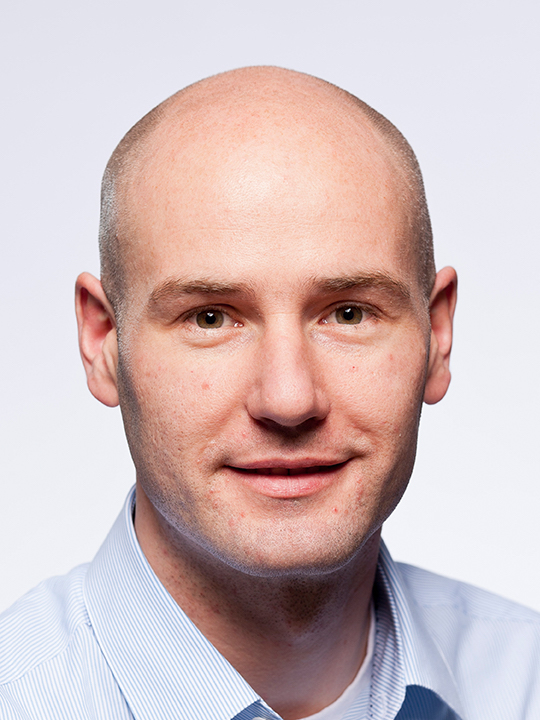
Johannes Gutenberg University, Mainz
Active particles: insights into living matter
The notion of motile active matter has been useful to describe and understand the dynamic collective states in systems ranging from birds to bacteria. It is delineated from other non-equilibrium systems through autonomous motion (i.e. no external guiding field) and the local conversion of environmental or residual free energy into directed motion. These traits are shared with the molecular building blocks of living matter. To gain theoretical insights, minimal models have been pivotal in statistical physics. In this talk, I will present a few examples how modifications to one such minimal model, active Brownian particles, can be used to gain fundamental insights into the emergence of synchronization and collective behavior in the absence of detailed regulation: quorum sensing, motility interfaces, and crawling cells.
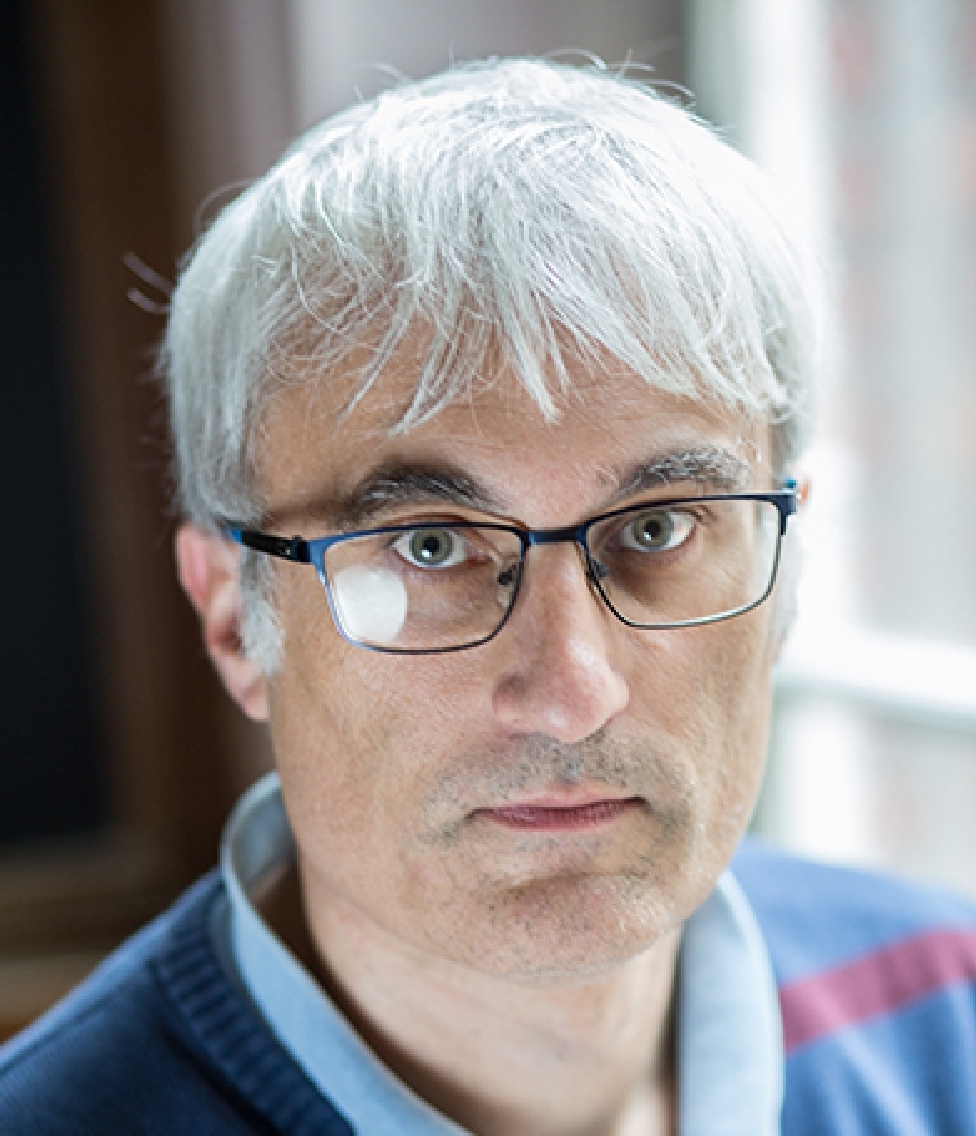
École Normale Supérieure, Paris
Designing biomolecules from artificial and natural evolutionary data
The massive availability of sequence information now makes possible to learn models of homologous proteins or RNA sequences, thought to share a common structure and function. In turn these models can be sampled to generate new sequences, never sampled by Evolution, and yet functional. I will show several applications to design new DNA aptamers, proteins and enzymatic RNAs. I will also discuss how these models can be made simple enough to be interpretable, and what they can tell us about the sequence-to-phenotype mapping underlying the structural and functional features of these biomolecules.
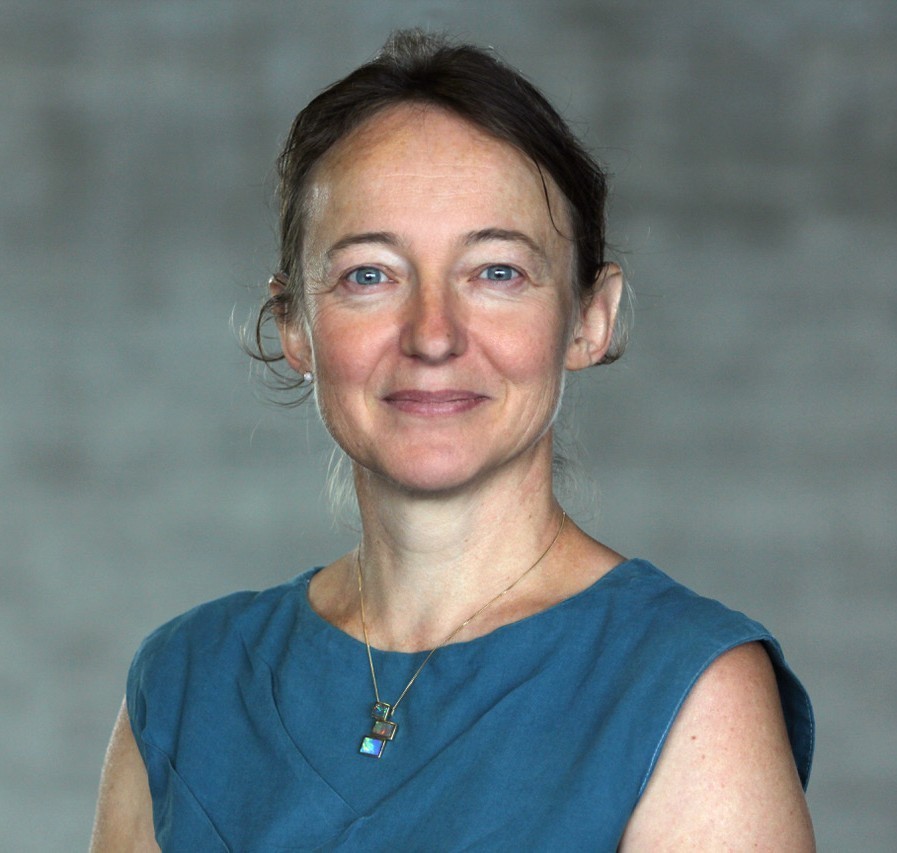
MPI of Molecular Cell Biology and Genetics, Dresden
Self-organization in pancreas organoids: from complex ductal networks to differentiation
Byung Ho Lee, Irene Seijo Barandiaran, Tzer Han Tan1, Heike Petzold, Anne Grapin-Botton
To understand pancreas development, as a complement to in vivo investigations, we designed simplified in vitro systems that can be monitored and manipulated more extensively than the whole embryo. We established three-dimensional culture conditions that enable the efficient expansion, differentiation and morphogenesis of pancreatic progenitors isolated from mouse embryos, human fetuses or produced from human pluripotent stem cells (hPSCs). The mouse system is architecturally the most elaborate, encompassing all epithelial pancreatic cell types spatially arranged similarly to the developing organ in vivo. Notably, acinar cells, the cells that produce digestive enzymes, are found at the tip of emerging branches and a network or ducts connects them, though lacking the outlet found in vivo. Endocrine cells form a small percentage interspersed between ducts. We investigated the mechanisms leading to organoid self-organization, notably lumen formation, branching, differentiation and collective movements. Starting from the onset of organoid formation we observe a first step of epithelial cell aggregation and compaction which is necessary to enable growth. Under some conditions, collective movements, which are not observed in single cells, emerge from the collective. The talk will largely focus on the analysis of these collective movements and on the conditions that enable their emergence. We will further discuss how a network of ducts with narrow elongated lumen forms rather than single spherical lumen found in many organoids and their links to branching morphogenesis.
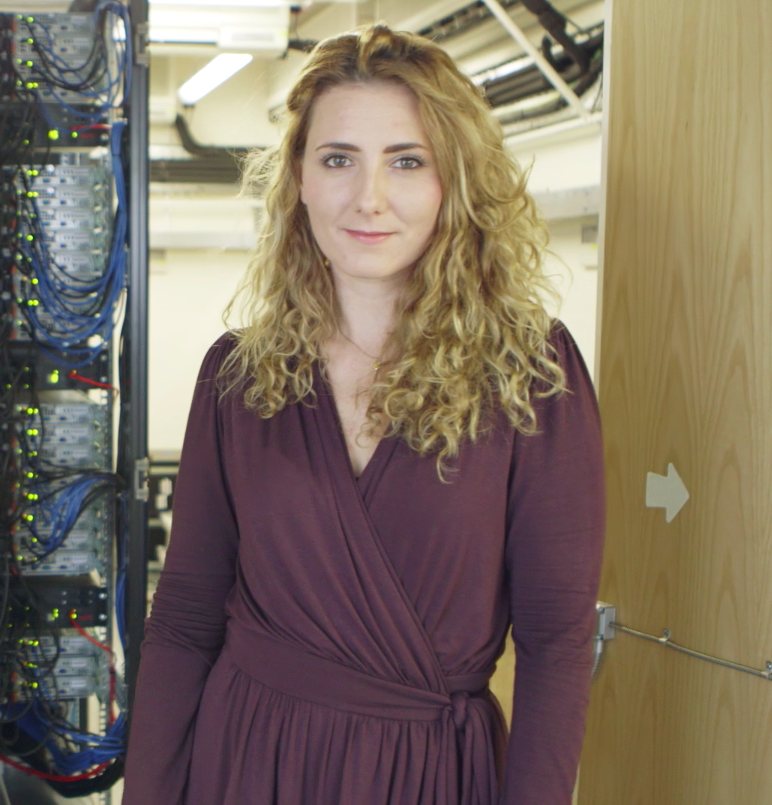
IST Austria
One becomes two: non-equilibrium assemblies that split cells across evolution
The molecular machinery of life is largely created via self-organisation of individual molecules
into functional larger-scaled assemblies. Such processes are multi-scale in nature and constantly
driven far from thermodynamic equilibrium. Our group develops minimal coarse-grained models to
investigate how driven macromolecular assemblies result in living machines, and how such processes
can fail, leading to diseases.
I will present our research on computational modelling of active filaments that dynamically reshape and cut cells.
I will present the comparison of our simulation results to live cell data on reshaping processes across evolution
— from cellular trafficking to cell division in archaea and bacteria. Beyond their biological context, our models
can help guide the design of artificial structures that are able to mimic life at the nanoscale.
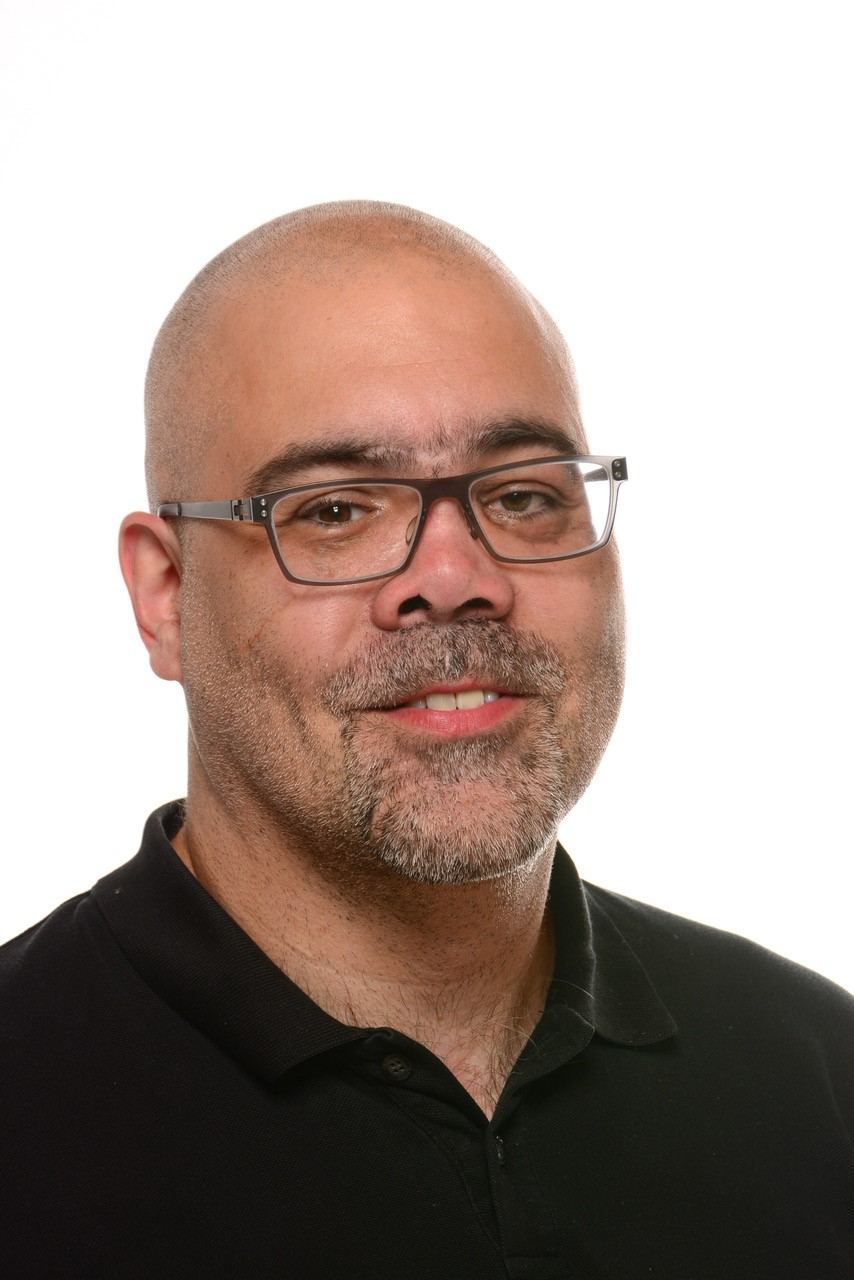
Max Planck Institute for the Science of Light, Erlangen
Physical states of cells between life and death
While most current research in the life sciences focuses on molecular, biochemical aspects of cell processes,
we are interested in the emergent physical properties of cells and their importance for biological function. One
reason why such properties are not yet generally considered is also a paucity of appropriate tools for their
quantification. We are developing novel photonic and microfluidic tools to quantify these physical properties,
including real-time deformability cytometry, optical diffraction tomography, and Brillouin microscopy. I will
introduce these techniques, which physical properties are being measured, and how those relate to better
understanding of cell function, improved disease diagnosis, and novel insights into transitions between life and death.
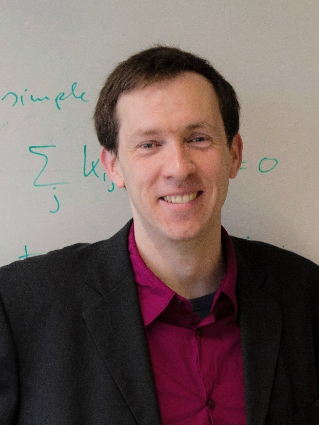
Technische Universität Dresden
Tipping Points and Inference in Complex Systems
The dynamics of networks enables the function of a variety of systems we rely on every day, from gene regulation and metabolism in the cell to the distribution of electric power and communication of information. Understanding, steering and predicting the function of interacting nonlinear dynamical systems, in particular if they are externally driven out of equilibrium, relies on obtaining and evaluating suitable models, posing at least two major challenges. First, how can we extract key structural system features of networks if only time series data provide information about the dynamics of (some) units? Second, how can we characterize nonlinear responses of nonlinear multi-dimensional systems externally driven by fluctuations, and consequently, predict tipping points at which normal operational states may be lost? Here we report recent progress on nonlinear response theory extended to predict tipping points and on model-free inference of network structural features from observed dynamics.
This is work with Jose Casadiego, Mor Nitzan, Hauke Haehne, Georg Boerner, Moritz Thuemler and others.
[1] Topical Review: Marc Timme & Jose Casadiego, J. Phys. A 47:343001 (2014).
[2] Casadiego et al., Nature Comm. 8:2192 (2017).
[3] Nitzan et al., Science Adv.:e1600396 (2017).
[4] Haehne et al., Phys. Rev. Lett. 122:158301 (2019).
[5] Moritz Thuemler et al., accepted (2022).
Closing talk: Towards Systainability? -- Self-Organized Nonlinear Dynamics of Energy Systems
In 2015, the United Nations set sustainable development goals to be reached by 2030 for planet earth and its inhabitants, including humans. Many of the goals, such as climate action, sustainable cities and clean energy rely on novel technologies, used under societal and economic boundary conditions. Here we argue that, in addition, a systemic understanding of how to suitably design and operate such technologies is required to make them truly sustainable. We provide several examples: for instance, energy transmission grids, in which adding new transmission lines may cause system outages due to Braess paradox; moreover, climate change cannot be achieved in the current mode of economic action because direct heating, resulting from the first law of thermodynamics, would bring oceans to boiling temperature by 2500. Finally, the planetary constraints themselves may limit us to increase energy consumption for one or a few generations only. Thus, considering considering full-scale, collectively self-organized dynamics of entire complex systems rather than only of their components, is key to achieve their systemic sustainability - and thus systainability of our only planet.
Alumni
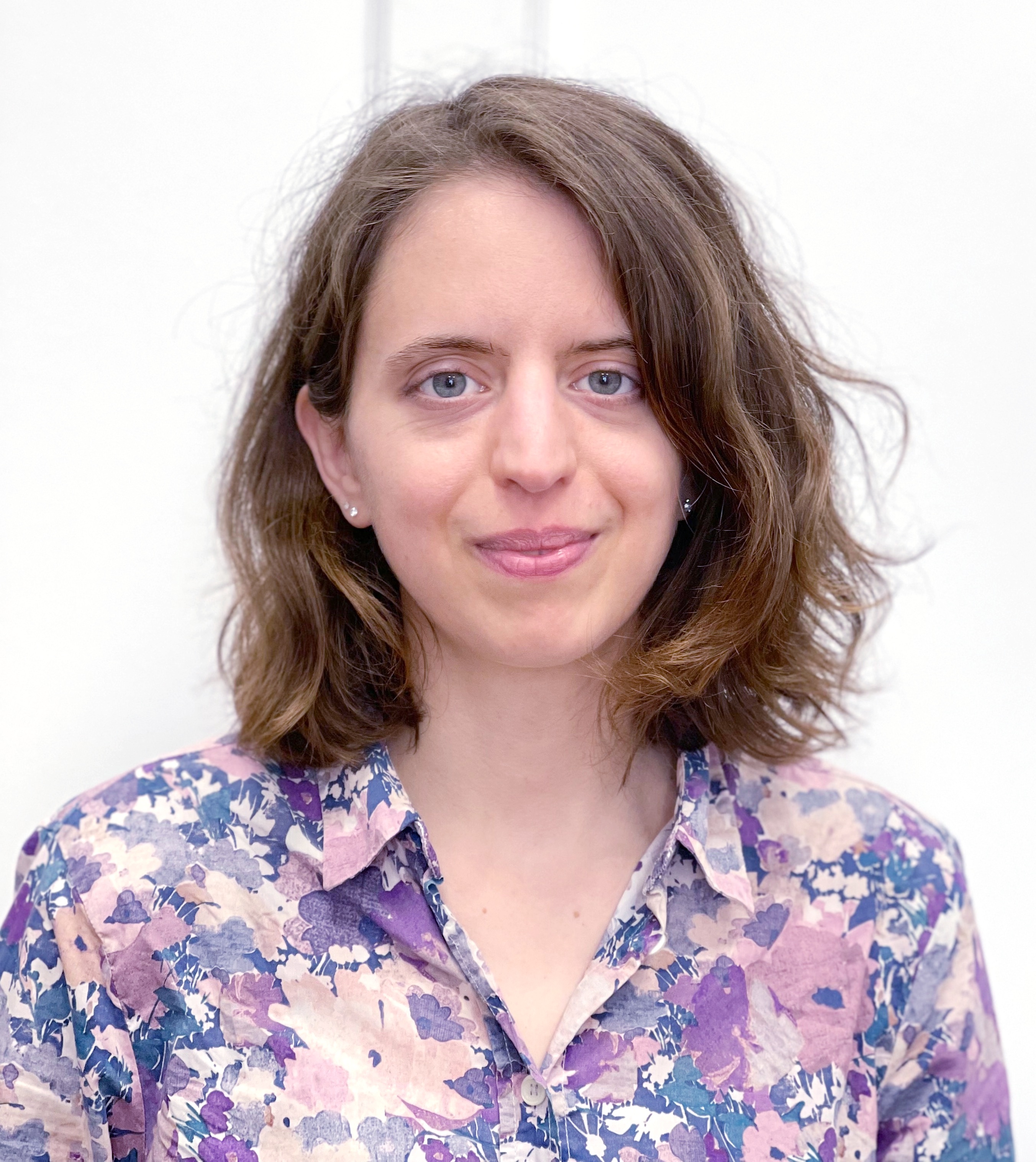
IMPRS PBCS Alumna,
Institut Curie, Paris
Mirna studied Chemistry at the University of Zagreb, Croatia and Biophysics at the Technical University of Dresden, Germany. In 2016, she joined the MPI-DS in Göttingen and started her PhD within the GGNB-PBCS, studying the phenomena underlying the behaviour of the unicellular slime mould. Mirna defended her PhD in 2020, after which she moved to Paris for her postdoctoral work at the Institut Curie.
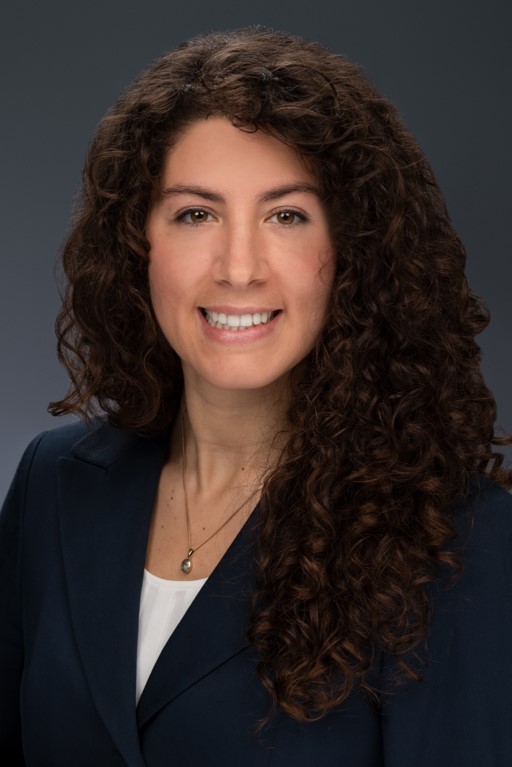
IMPRS PBCS Alumna,
Bayer
Laura studied Biomedical Engineering at the Politecnico of Milano, Italy and in Uppsala, Sweden and obtained a PhD at the Max Planck Institute for Dynamics and Self-organization in Göttingen. She then did her Postdoc on microfluidic/microfabrication for tissue engineering and synthetic biology. She then established a group on microfluidics and medical applications, while managing the cleanroom facility at the Max Planck Institute for Dynamics and Self-organization in Göttingen. Her latest research focused on bioink development and bioprinting technologies for engineered myocardium. Since 2021, she joined Bayer within the International Future Leadership Program and has been in several department within product supply (Quality, Production, Operational Excellence).
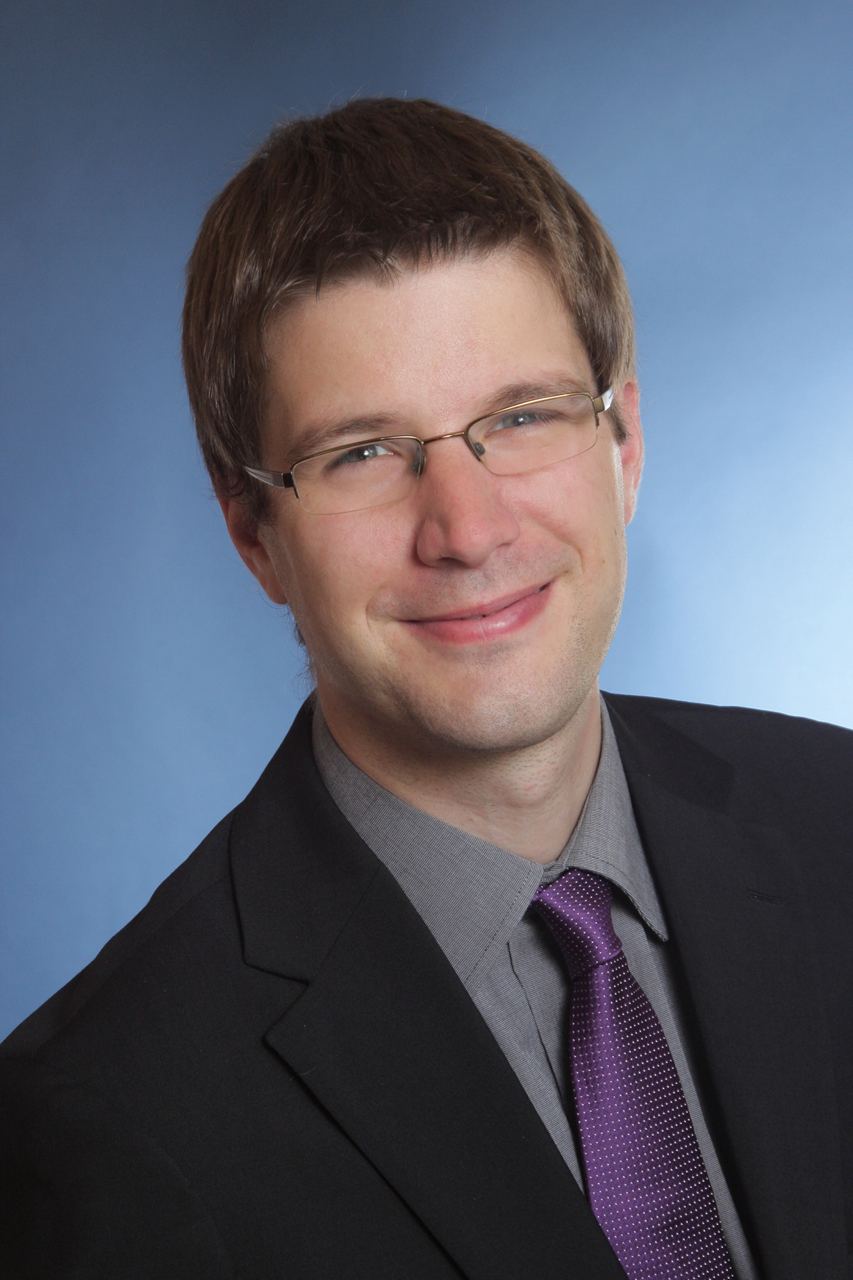
IMPRS PBCS Alumnus,
COMSOL
Hinrich Arnoldt works as academic sales manager at Comsol Multiphysics GmbH since 2020. He joined the company in 2014 as technical sales engineer. Previously, he studied the physics of complex systems at the Max Planck Institute for Dynamics and Self-Organization. He earned his diploma and PhD studying neural network and evolutionary dynamics.

IMPRS PBCS Alumnus,
lector.ai
Benjamin obtained his bachelor’s and master’s (graduated with distinction) degrees at the University of Göttingen. In 2018 he obtained his Ph.D. with summa cum laude at the Max-Planck Institute for Biophysical Chemistry in the International Max Planck Research Schools (IMPRS) "Physics of Biological and Complex Systems". From 2014 to 2019 he became an entrepreneur and software developer for full-platform mobile apps. Then from 2019 to 2020 a software developer at loanboox, CH, Zürich. From 2020 to 2021 a senior data scientist and AI engineer at JUST ADD AI (JAAI) GmbH, Bremen. And since 2022 the CEO at lector.ai GmbH (part of JAAI Group), Bremen.
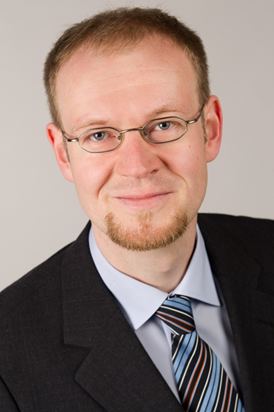
IMPRS PBCS Alumnus,
Sartorius
Marcel obtained his physics diploma from the Clausthal University of Technology in 2007. In 2012 obtained his Ph.D. from the Biophysics program at GGNB University of Göttingen. After finishing his Ph.D. thesis in the group of Prof. Dr. Christoph Schmidt, he joined the group of Prof. Dr. Daisuke Mizuno at Kyushu University, Japan, as a postdoctoral fellow. Since 2013 he works as a Scientist and Application Specialist for diagnostic membranes in the R&D department at Sartorius Stedim Biotech GmbH. He is dedicated to production and quality control support, customer service, and research on fluid flow dynamics in porous media.
Panel Discussion
Science communication: our debt to society?
Information crisis. Health crisis. Environmental crisis. In a time of interconnected global challenges, good scientific communication becomes a social responsibility. But who is responsible for this ? Who can benefit from science communication? What should be communicated and how? The panel discussion will cast a light on science communication from the perspectives of a scientist, a journalist, and a science communicator. The participants will be directly involved in the discussion, navigating across and beyond scientific borders together with the panelists.
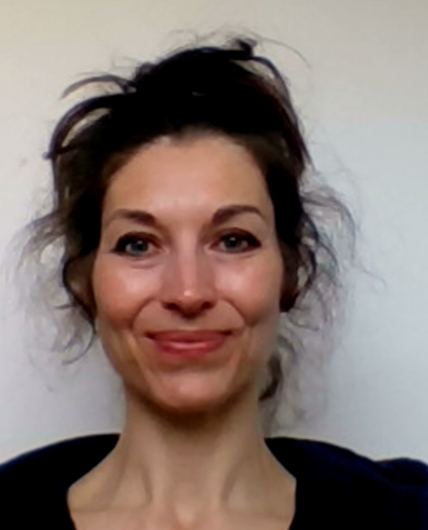
International Science Communications and Postdoc Network Coordinator, Göttingen Campus
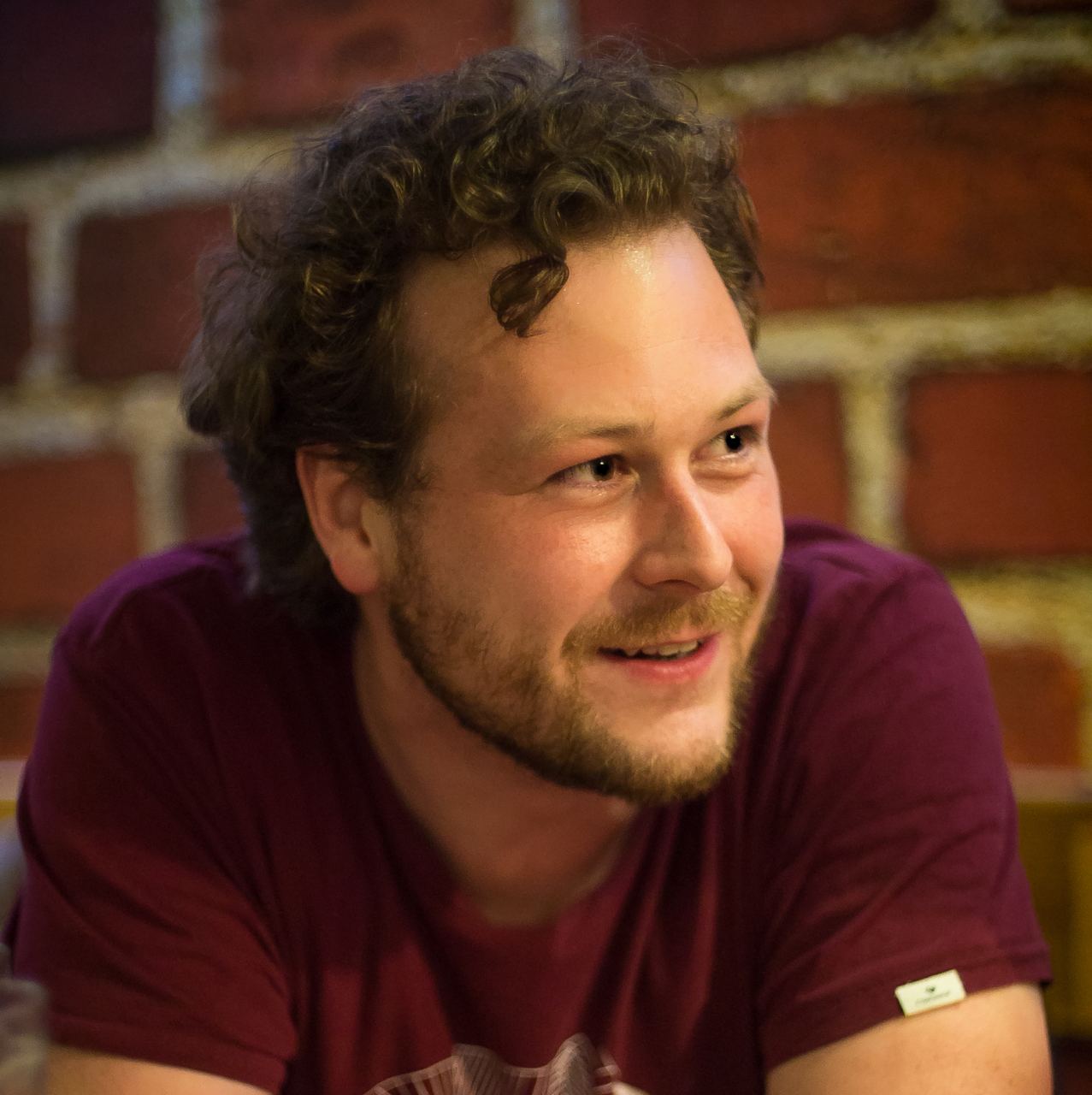
Post-doc in statistical physics of evolving systems
MPI-DS
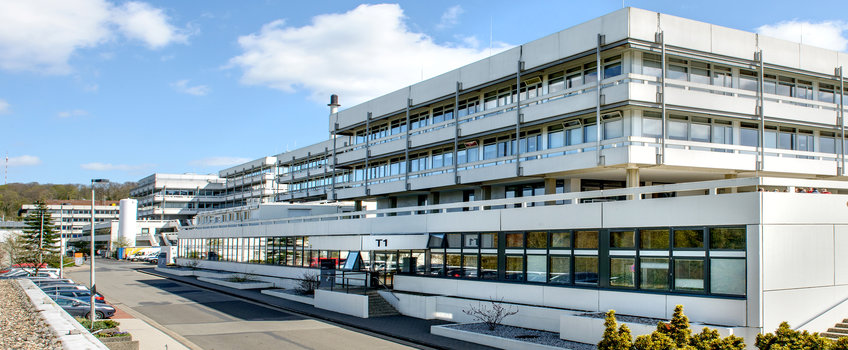
Göttingen
A university with a city
The city of Göttingen, located in the middle of Germany and founded in the 10th century, is one of the oldest academic towns in the world. Housing the prestigious Georg-August Universität and four different Max Planck Institutes, plus several other research institutions, Göttingen offers a unique venue for a conference in the field of Biophysics and Complex Systems.
directions_bike
Rental Bike
Göttingen is a pioneering city in respect of bicyle friendlyness. Give it a try.
directions_bus
City Bus
Closest bus stop is Faßberg Served by GOEVB Bus 23 to Faßberg Bus 21 and 22 to Nikolausberg
directions_car
Car
Alongside the A7 (Hannover-Kassel) Exit Göttingen-Nord then follow B27 to Nikolausberg
airplanemode_active
Airplane
Hanover Airport (HAJ) ~ 1.2 hrs by ICE
Frankfurt Airport (FRA) ~ 2.5 hrs by ICE
directions_bus
Long Distance Bus
A low cost alternative to the High Speed Train is a long distance bus. (e.g. Flixbus).


